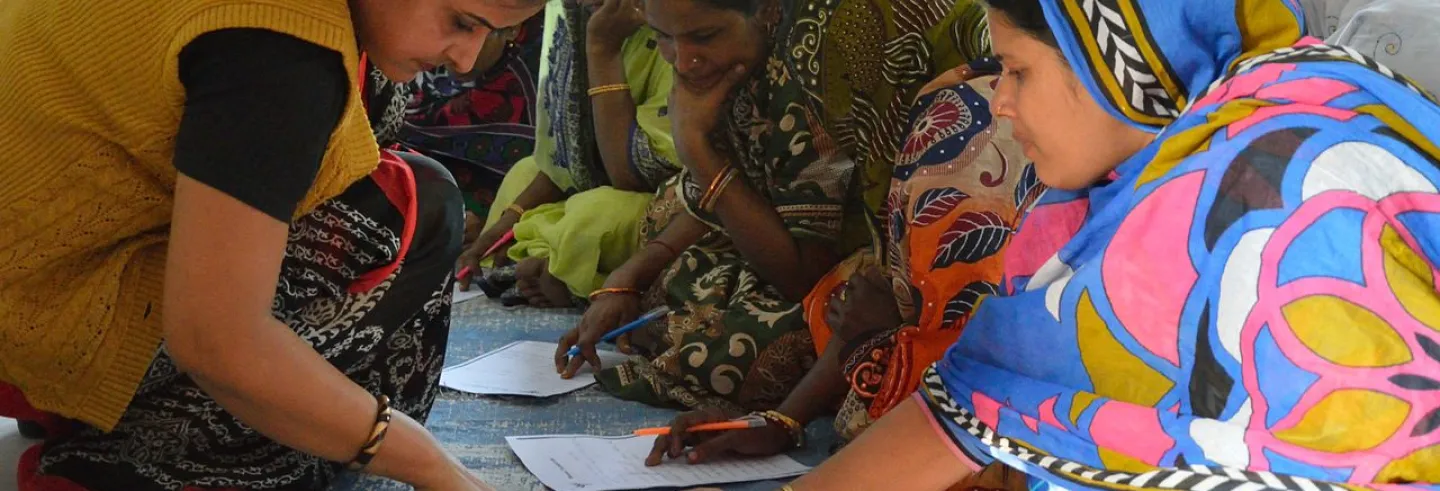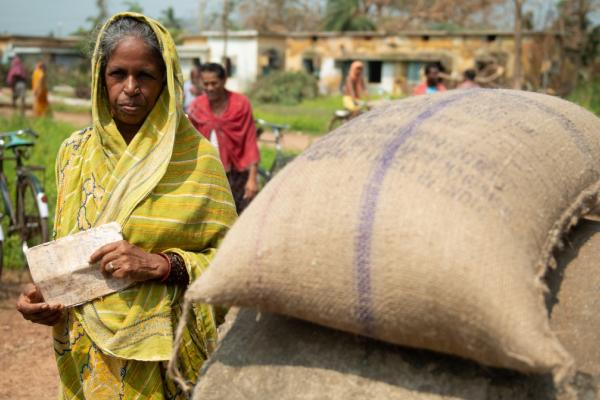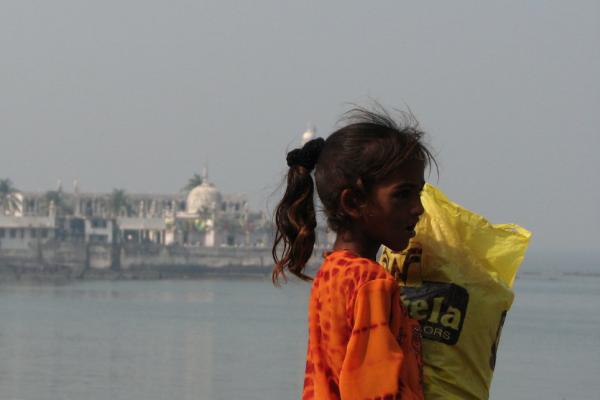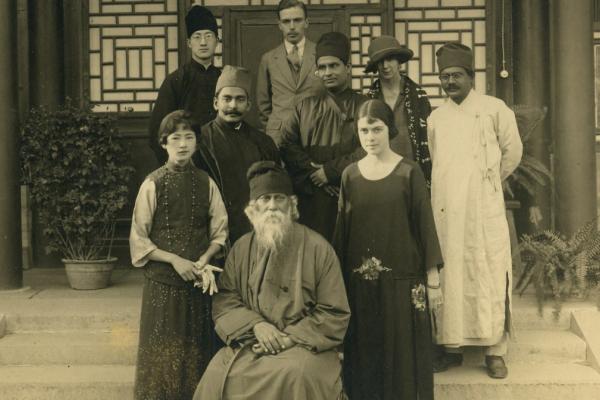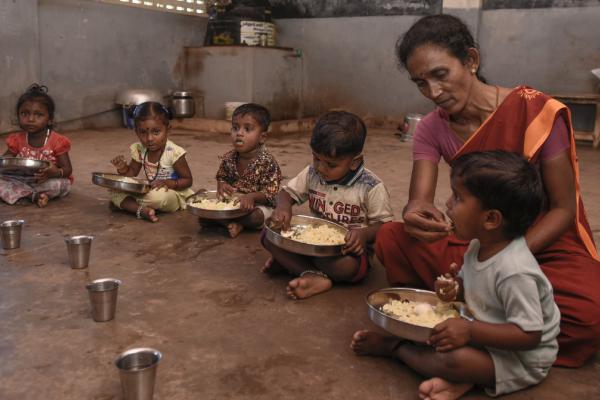In the 1970s, when Verghese Kurien, the father of India’s White Revolution, decided to accept aid from European nations, he was asked if he was playing into the colonial game plan of market colonisation through the instrumentality of aid. He is said to have retorted (my paraphrasing): “Why do you think it is always the others who are ‘using’ us? Can we not protect ourselves? I am ‘using’ the aid givers and not the other way round. We are not fools and can take care of the interests of our farmers.” India’s self-sufficient and flourishing dairy sector today is there for us to see this to be true.
As India’s present government tightens rules on foreign contributions to civil society organisations (CSOs) on the grounds of a larger ‘national interest’, Kurien’s attitude of confidence rather than of conspiracy would serve the country better.
However, that is too much to expect from an inherently suspicious and paranoid government. Past governments too have treated CSOs as adversaries, for questioning the state from the vantage of citizens or beneficiaries. But despite longstanding friction, these governments used the services of CSOs to deliver welfare services more deeply and efficiently. CSOs have worked constructively in many developmental programmes, across forestry management, water and sanitation, watersheds, ecology, environment, and livelihoods.
The government can claim itself as patriotic for rejecting the conspiratorial foreign aid that destabilises the fragile Indian nation. But this might be at the cost of the welfare of the people.
The flagship programme of the rural development ministry, the National Rural Livelihoods Mission, owes its framework of delivery through Self Help Groups entirely to the contribution of CSOs. Laws on the Right to Information, Food Security, Right to Education, and Employment Guarantee, all came to be because of the groundwork by CSOs. These organisations have also been able to break the monopoly of the state in the function of welfare and redistribution. The work of H. Sudarshan of Vivekananda Girijana Kalyana Kendra in setting up primary health centres in tribal areas of Karnataka to deliver healthcare services could be a case in point.
However, the current Indian government has a particular antipathy towards such organisations. New rules that regulate foreign aid could sound a death knell for many of these organisations, especially for those working in remote regions and difficult circumstances. These organisations depend on funds from different sources: individuals, Indian foundations, state and central governments, and foundations abroad.
It is a paradox that while India liberalises laws and policies to welcome international investments to exploit the domestic market, it is closing options for welfare funding.
The government can claim itself as patriotic for rejecting the conspiratorial foreign aid that destabilises the fragile Indian nation. But this might be at the cost of the welfare of the people whom the state is unable to reach. However small and insignificant foreign contributions are, this source of funding and these CSOs are crucial to society.
Funding woes
There are three aspects now affecting the funding of CSOs in India. First, at the domestic end, the contraction of the economy and reduced corporate profits (or even losses) have shrunk Corporate Social Responsibility (CSR) funding. Second, CSOs have a formidable and pre-emptive competition from the government promoted PM CARES Fund, donations to which are not only recognised as legitimate CSR expenses but also are fully exempt from taxation and insulated from disclosure. More than Rs 3,000 crores were collected by PM CARES within the first four days of it being set up in March. Third, the latest amendments to the Foreign Contribution Regulation Act (FCRA) and notification of rules may pull out the oxygen pipe from many CSOs.
The total pie of foreign contributions is not significant, it is around Rs 20,000 crores. As the regulations get tighter, getting even this modest amount will get increasingly challenging. It is a paradox that while India liberalises laws and policies to welcome international investments to exploit the domestic market, it is closing options for welfare funding. The tightening of the laws under foreign contribution has been going on for a while and CSOs have been facing increased scrutiny and compliance requirements. To a large extent, the recipients are constantly adjusting to the new regime.
However, the latest set of amendments are near draconian and almost criminalise the funding route. They require every organisation receiving aid under the FCRA to open an account in a specified branch of State Bank of India (in New Delhi), to restrict administrative expenses to 20% of the grant, and forbid recipients from making sub-grants.
What construes an administrative expense will be interpreted and re-interpreted by the Inspector Raj. Is the money spent on renting a vehicle to take people to a protest site an operational cost or an administrative overhead for transport?
This last stipulation hits a common practice in the CSO sector where larger organisations raise money and distribute it as sub-grants to FCRA-approved smaller agencies who have people on the ground or are working in very remote locations. What construes an administrative expense will be interpreted and re-interpreted by the Inspector Raj. Is the money spent on renting a vehicle to take people to a protest site an operational cost or an administrative overhead for transport? Is printing posters an administrative overhead? There are bound to be very interesting contestations over these matters.
What is most dangerous and sneaked in mischievously, however, pertains to the “surrender” of FCRA permission. When an organisation chooses to voluntarily surrender the permission, this is treated as equivalent to cancellation. The act of surrender is voluntary and is completely different from cancellation by the authorities, which is an action in response to a failing. Treating both on a similar footing is unfair and unjust. These are distinct, both in terms of where the action is initiated and in terms of the process adopted and the consequences.
The current reading of the amendments indicates that in the event of surrendering FCRA permission, the government can take over assets created out of the grants and any unspent foreign funds. What is left unsaid is if this applies only to CSOs that will be liquidated. It is yet unclear what happens to the assets created with past international funding if the organisation surrenders its FCRA permission and becomes a domestically funded entity, Would the assets be taken away? This certainly looks and sounds sinister and would be subject to long drawn litigation.
Foreign aid and CSOs
There are three routes for international funding: capital coming in through Foreign Institutional Investments, Foreign Direct Investments, and External Commercial Borrowings by commercial entities; grants or long-term loans from foreign governments or multilateral agencies, going directly to governments in India, and occasionally to CSOs; and loans or grants for CSOs from philanthropic agencies or foundations, who sometimes also make programme related equity investments in social sector enterprises.
From being a nation seeking food aid from the United States from 1955 through 1971 and commodity aid for the dairy development programme, India has historically been open to external assistance.
India’s approach to external aid, covering both aid to the governments and the CSOs, has been evolving over the years. From being a nation seeking food aid from the United States from 1955 through 1971 and commodity aid for the dairy development programme, India has historically been open to external assistance (GoI 2008). Independent organisations like the Ford Foundations were invited to set up office in India. Ford Foundation grants were instrumental in setting up iconic institutions including the Indian Institute of Management Ahmedabad and contributed to the dairy development programme undertaken by Kurien’s National Dairy Development Board.
After the balance of payments crisis in 1991 and the subsequent reforms, liberalisation, and economic growth, India’s reliance on external aid has reduced. By January 2005, India decided to take bilateral aid only from the G-7 nations and the Russian Federation. Multilateral aid would be accepted without any conditionalities. Funding from European Union nations beyond the G-7 members was also accepted subject to a minimum funding of $25 million. This position continues and was reiterated in a position paper on external assistance in 2008 (GoI 2008).
Over time, external involvement has moved from grants and assistance to investments and debt. In the recent past, the funding from multilateral organisations to the union government has been in the ballpark of Rs 50,000 crores (GoI 2020, 6). This has largely come as loans to the government of India. In comparison, aid in the form of grants to the government has been around Rs 1,000 crores. CSOs too have received funding from several bilateral agencies and independent foundations, including USAID, the UK’s Department for International Development (Earlier DfiD, now UK Aid), the Canadian International Development Agency, and Swiss Development Co-operation. Locally, the Tatas have had a legacy of funding these initiatives.
Indian and international philanthropies now have a significant footprint in India, with their hybrid funding model.
However, the landscape of aid to CSOs has also changed significantly. Their sources of funds were not restricted by the new policy of 2005, as long as they complied with the FCRA. However, following the new policy, several donor agencies from outside the G-7, such as Hivos of Netherlands, left India as it did not make sense to them to maintain offices just to provide aid to CSOs. This also coincided with the emergence of Indian investor-philanthropists like the Nilekanis and Azim Premji; domestic organisations like the Infosys Foundation; and international donors like the Bill and Melinda Gates Foundation, Michael and Susan Dell Foundation, and Omidyar Network.
These Indian and international philanthropies now have a significant footprint in India, with their hybrid funding model of providing investment capital to social enterprises and grants to work in certain specific areas such as education, financial inclusion, and healthcare. An amendment to the Companies Act in 2014, that mandated corporate contributions to the social sector, opened up more local sources for funding.
The donor ecosystem has moved more towards funding projects with concrete and measurable impact, making conditions difficult for organisations working towards unquantifiable goals.
A loose divide has emerged between organisations operating in the enterprise space — ‘social enterprises’ — and organisations operating in the rights and aid space, generally termed as CSOs. The ecosystem for social enterprises has been evolving, and investment from foreign sources is openly welcomed and encouraged. There are now alternative investment funds, patient investors, impact investors, and even a proposal to set up a social stock exchange for them. So, in one sense, India seems to be okay with interventions in the commercial and enterprise space.
At the edge of politics
However, it has always been a challenge to manage organisations operating in the rights and welfare space, who question the government and work for civil rights. These activities are not only in favour of the poor and dispossessed but are also on the edge of being political. These are institutions that directly question governments and the status quo. For instance, how do we term the work of a CSO like the Association of Democratic Reforms, which is deeply political without being partisan?
The methods employed by many of these rights-based organisations are political in nature, whether it is a protest, a sit-in, a hunger strike, or a march. This is where the articulation of the aspirations and rights of the poor blurs into political opposition. These institutions are now suffering because of multiple reasons. The donor ecosystem has moved more towards funding projects with concrete and measurable impact, making conditions difficult for organisations working towards unquantifiable goals. Second, governments have increasingly made it difficult for these organisations to get international aid by introducing successive amendments to the FCRA. The latest amendments will shut down even that trickle of aid.
The NAC experiment demonstrated that CSOs were not compulsively adversarial and when given an opportunity, could work in partnership with governments on several rights-based programmes.
There was a brief period of respite, not necessarily in the legal architecture, but at least in the way governments engage with the rights-based CSOs. The first United Progressive Alliance government (2004–2009) co-opted some of the most significant voices of these CSOs into the National Advisory Council (NAC). This was questioned both as a practice and over the constitutionality of framing laws without the mandate of the people. However, the NAC never bypassed Parliament and the nation possibly gained more than it lost in this arrangement. The Right to Information, Food Security, Right to Education, and Employment Guarantee Acts were all launched at the behest of these voices, who brought field experience to the drafting process, weaving rights into the framework of governance.
The NAC experiment demonstrated that CSOs were not compulsively adversarial and when given an opportunity, could work in partnership with governments on several rights-based programmes. The same people who were earlier sitting in protest against the government now sat across the NAC table and worked with the government. At the same time, these NAC members remained independent, and some chose to resign from the council when they thought that staying on was going to be a compromise. While certain organisations were thus collaborating with the government, there were also instances of adversarial agitation, like the India Against Corruption agitation led by Anna Hazare in 2011 to get the anti-corruption Lokpal Bill (however ineffective it was, eventually) passed.
Conclusion
Never let go of a good crisis to initiate reforms is a much-abused adage. But are the new foreign donations rules reforms? It is understandable that successive regimes have seen international aid with suspicion and have raised larger issues of national interest. After all, anything that fuels the demanding of rights, and encourages the language of protest is in a way destabilising the status quo, including the political formation in power. But beyond that, is there a real threat to national interest? Is our national interest so inexpensive as can be compromised by Rs 20,000 crore? This issue has to be contested.
The capacity of governments to get aid to the last person is limited, both in terms of resources and in terms of logistics. CSOs usually fill the gap.
Of course, we should not be held to ransom by international agencies which have their agendas. Neither should we seek funding from sources that destabilise our country, nor should the government permit it. However, as we shut the door to foreign donations to CSOs, we are not even scrutinising if there is merit in the action. We are throwing out the baby, the bathwater, and the tub all together. Should we shut this route on some suspicion, or do we move ahead with the confidence that we can take care of our interests and resist any attempts to compromise? Unsurprisingly, the government has chosen the route of suspicion over the route of confidence and self-assurance to deal with the issue.
In the current situation of a financial crisis and with the fiscal deficit ballooning, the government has to realise that it needs all the resources it can gather to continue to provide stimulus and assistance to the poor and the vulnerable. The capacity of governments to get aid to the last person is limited, both in terms of resources and in terms of logistics. CSOs usually fill the gap. If they can do so bypassing the Consolidated Fund of India, through external aid, why not? It just adds around Rs 20,000 crore to our economy — and hopefully much more if we are liberal — without any pain. It will contribute to domestic consumption and demand and have a multiplier effect on other parts of the economy. But it seems that the poor and the vulnerable can be damned, as long as we can show our patriotism towards the nation and peddle the notion of protecting ourselves from conspiracies hatched in foreign lands. It seems we now cannot expect anything better from the state.
The Telugu poet Guruzada Appa Rao once wrote: “The country is not soil; the country is people.” But who will read the poem to the current dispensation?


